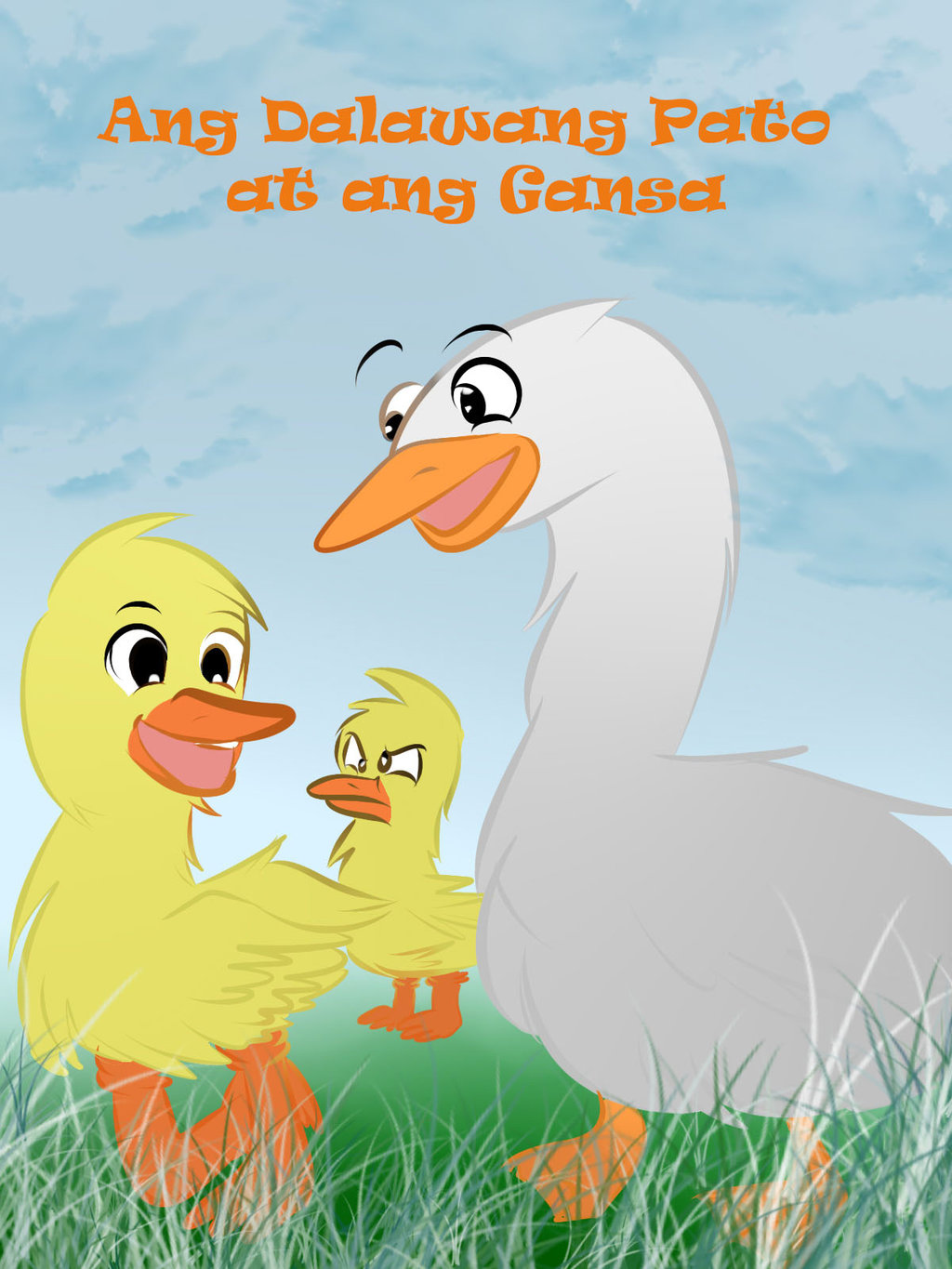
It is an interesting concept because we, as humans, always need and explanation for things. Due to the lack of explanation as to how people die from this, Filipinos will connect the cause to Malignos. An example of this is Sudden Unexpected Nocturnal Death Syndrome, a common occurrence in the Philippines. This is usually due to a disease, sickness or ailment that cannot be explained or has no apparent cause. Filipinos believe that certain diseases can be caused by the intervention of a magical or supernatural entity. For example, in the Philippines, when someone comes down with a sickness or ailment, it is because the Maligno is attached to that individual.

If the Maligno takes a liking to a certain individual, it can cause harm to them. They can also disguise themselves as regular people. Maligno are spirits that haunt places or people. Namaligno is a term used by Filipinos for someone being affected by something magical or supernatural. The she started talking about folklore and how they could have been made.” She says it’s interesting because the stories explain what happens when certain areas create bad feelings or if someone has a certain ailment, certain creatures in the Philippines are responsible for them. One of the houses had some crazy scratches on the wood floors and little footprint markings. We were visiting some of the old houses where my mom and relatives grew up, which were supposedly haunted.

She states, “My mom told us about this story while we were in the Philippines. She is Filipino and her mother shared these stories with her and her siblings. The informant knows this piece from her family and folklore from her own culture.
#Philippine folklore meaning full#
Apparently, she said there was a tree full of Maligno. Her friend apparently had a sixth sense, looked out the window, saw a tree in the neighbor’s yard, and suddenly left and didn’t want to return. So, my cousin’s friend decided to set up an apartment for drafting for their upcoming architecture firm. She mentioned her mother knew many stories about spirits and creatures in the Philippines. I asked her if she knew any stories or folklore from either friends or possibly any folklore from her family and her culture. The characters exposure to related media ensures the continuity of the fanciful tales and legends of a distinctive Filipino folk literature.The informant is a Filipino American woman in her late twenties.
#Philippine folklore meaning movie#
Mythical heroes and deities also have their fair share of movie and television exposure. Most of the aforementioned mythical creatures are used as a staple of story lines for a Filipino made horror movies and television shows. Most of these Philippine folktales and Philippine folklore also serve as an inspiration to the country’s pop-culture. The stories of Maria Makiling, Juan Tamad, Si Malakas at si Maganda, Sarimanok, Bernardo Carpio, Lam-Ang and Ama-ron are among the most loved folklore in the country. Among the most famous are: The Mariners and the Four Aswangs of Capiz and The Two Old Women and the Crocodile. Philippine folklore provides a good source for these stories. Famous Mindanao folktales include: How the Angels Built Lake Lanao and Eclipses.įilipinos also enjoy reading about mythical beings and animals and some even believe in their existence like that of an Aswang or monster, Manananggal or a self segmenter, Witches, Nuno sa Punso or goblins, Multo or ghosts, Sirena or mermaids, Duwende or dwarfs, Tikbalang or demon horses and Tiyanaks or demon infants. Visayan folktales have The Battle of the Crabs, The Spider and the Fly, The Virtue of the Coconut, and The Hawk and the Hen among many others. On the other hand, the Ilocanos have The Monkey and the Turtle, The Poor Fisherman and His Wife, and The White Squash. Popular Tagalog folktales include: The Creation Story, The Story of Benito, The Adventures of Juan, The Origin of Rice, The Legend of Princess Macapuno, Why the Sky is High, and more. The folktales vary from one ethnic group to the other. Like the folktales, they are also classified to groups namely: myths and legends, fables, tales of the supernatural, heroic tales and tales of laughter.įanciful stories of Philippine folktales include deities, mythical creatures and creation stories. Thanks to the effort of folk literature students and enthusiasts, many of these Philippine folklore have been transcribed and can be accessed through various media like books, audio tapes and the internet. It is an oral tradition which is transmitted through word of mouth from generation to generation.

On the other hand, Philippine folklore usually talks about the life and the beliefs of the ancestors of a particular ethnic group.


 0 kommentar(er)
0 kommentar(er)
